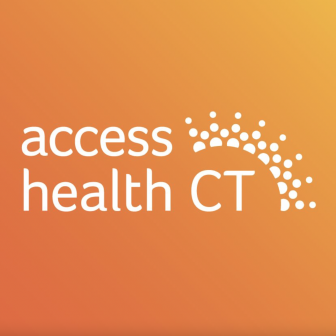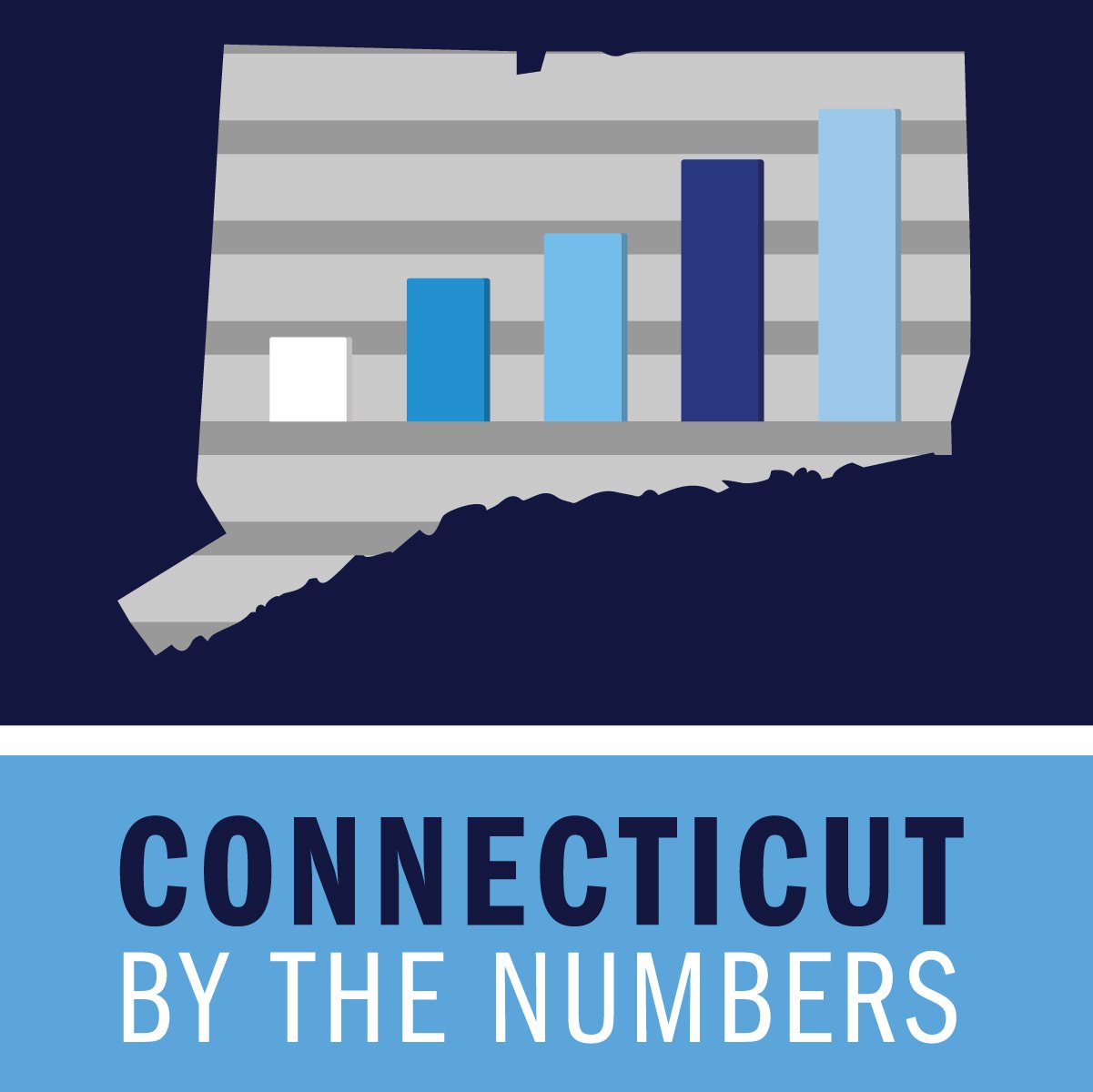Communities, Innovators Recognized for Excellence in Main Street Awards
/A hybrid business incubator that provides unique opportunities for collaboration between schools and business to increase college and career readiness while expanding downtown Wallingford business, and a Connecticut Trust for Historic Preservation website that is a point of entry for those seeking to spur redevelopment of Connecticut’s historic mill buildings are just two of this year’s Awards of Excellence winners recognized by the Connecticut Main Street Center (CMSC) at annual ceremonies held this year in Danbury.
In total, seven initiatives receive the prestigious awards, including organizations and initiatives from Danbury, Hartford, New London, Wallingford, and Windsor, as well as the CT Trust for Historic Preservation and the State of Connecticut.
Winning entries also included collective efforts in bringing more people to Hartford through creative placemaking; a block-by-block initiative to create a positive perception of downtown New London by working with store owners to install LED lights inside storefront windows; a young professionals’ initiative to highlight the diverse culture in downtown Danbury through weekly food truck events; a multi-year deliberate and incremental effort to redevelop Windsor Center with residential and office use around transit; and the State of Connecticut’s coordinated approach to improve the economy and quality of life through investments in development around transit.
Individual awards were also presented to Andrea Pereira, Executive Director of Local Initiatives Support Corporation (LISC), and R. David Genovese, CEO of Baywater Properties in Darien.
CMSC’s mission is “to be the catalyst that ignites Connecticut’s Main Streets as the cornerstone of thriving communities.” CMSC is dedicated to community and economic development within the context of historic preservation, and is “committed to bringing Connecticut’s commercial districts back to life socially and economically.”
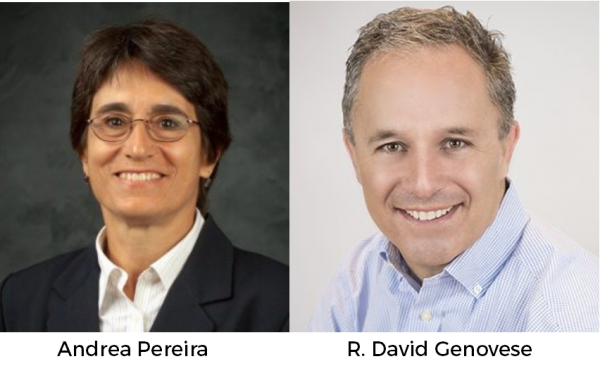 The Jack Shannahan Award for Public Service for 2018 goes to Andrea Pereira, a former Board Chair of Connecticut Main Street Center, who has been a partner in CMSC’s Come Home to Downtown program, providing financing through the Come Home to Downtown Loan Fund. Pereira, Executive Director of Local Initiatives Support Corporation (LISC), earned the recognition for her leadership in “guiding strategic investments aimed at creating tangible, sustainable improvements in our communities.”
The Jack Shannahan Award for Public Service for 2018 goes to Andrea Pereira, a former Board Chair of Connecticut Main Street Center, who has been a partner in CMSC’s Come Home to Downtown program, providing financing through the Come Home to Downtown Loan Fund. Pereira, Executive Director of Local Initiatives Support Corporation (LISC), earned the recognition for her leadership in “guiding strategic investments aimed at creating tangible, sustainable improvements in our communities.”
She has led LISC for over 20 years, having previously served as the Director of Urban Revitalization & Investment at the State of CT Department of Economic & Community Development. She is an accomplished community development professional with expertise in community development finance, organizational development, nonprofit management, grant-making, public policy, and program development. LISC Connecticut provides financial and technical resources to over 60 local housing and community development organizations each year. LISC also offers predevelopment, acquisition, bridge and/or construction financing for affordable housing and other community development projects.
The 2018 CT Main Street Founder’s Award, presented by Eversource, is presented to R. David Genovese of Baywater Properties in Darien, founded in 2001. Genovese and his team have “committed themselves to transformational projects in Darien, remaining thoughtful, creative, flexible, innovative, and respectful of the community.” For more than a decade, he has led numerous key developments in downtown Darien that “breathed new life into the area, revitalizing buildings and reinvigorating its residents.”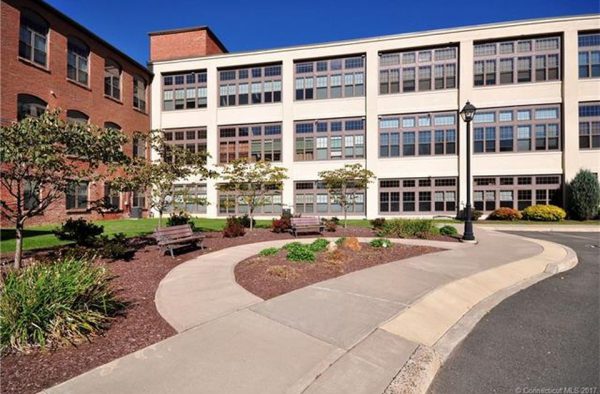
Genovese has led a multi-disciplinary team of architects, civil engineers, landscape architects, retail consultants and legal advisors in creating Your Downtown Darien. Otherwise known as the Corbin Development, Baywater assembled this portfolio of properties over the course of nearly 15 years, to be redeveloped to create a mixed-use center incorporating retail, offices, and luxury residences.
“This year’s winners represent a culture of inclusivity in ensuring that Main Street belongs to everyone,” said CMSC Associate Director Kimberley Parsons-Whitaker. “From enlivening our public spaces with ethnic cuisine and multi-cultural entertainment, to redeveloping formerly abandoned mills and blighted areas around bus and train stations with residential and commercial options for people of all background and incomes, our 2018 award recipients are leading their communities and our state in improving the quality of life and our economy.” The 2018 Awards of Excellence went to:
▪ Great Placemaking in Hartford; including Know Good Market, Riverfront Recapture, One World Market at CTfastrak Station in Parkville, Hartford BID Bicycle Roadside Assistance Program, Pratt Street Patio, and Winterfest) – Recipients: Breakfast Lunch & Dinner, Riverfront Recapture, International Hartford, Hartford BID, and iQuilt Partnership.
▪ Light Up New London – Recipient: New London Main Street. Partners: Dominion Foundation, National Main Street Center.
▪ Downtown Chow-Down, Danbury – Recipients: CityCenter Danbury, City of Danbury. Partners: Get Downtown Danbury, Greater Danbury Chapter of CT Young Professionals.
▪ HUBCAP Wallingford – Recipients: Wallingford Center, Inc., Town of Wallingford Board of Education, Wallingford Economic Development Commission.
▪ Mills: Making Places of Connecticut – Recipient: CT Trust for Historic Preservation. Partner: Connecticut State Historic Preservation Office.
▪ Coordinated Approach to Responsible Growth and Transit Oriented Development – Recipient: State of Connecticut.
▪ Setting the Stage for TOD in Windsor Center – Recipient: Town of Windsor. Partners: CIL Development, Lexington Partners, LLC.
The Town of Windsor was recognized for the redevelopment of the portion of Windsor Center lying just east of the railroad tracks in town, which previously contained a mix of obsolete industrial and municipal uses which no longer contributed to the vitality of the Center. The turn-around, with an eye towards transit-oriented development, included development of Windsor Station, a 130-unit market-rate rental project on a 6.5 acre site adjoining the passenger rail station.
The $23 million development project included demolition of two former industrial buildings, environmental remediation and construction of two, four-story elevator buildings with parking and site amenities. The project includes 32 studio, 65 one-bedroom and 33 two-bedroom units and is targeted to an underserved rental market of young professionals 20 to 35 years of age and baby boomers. Construction was completed a year ago, and 90 percent occupancy was achieved within five months.





 Conversations on Health Care
Conversations on Health Care
 Manufacturing, the sector with the most losses since 2012, is down 8,600 jobs in the five-year period. Educational Services employment (public and private) which has long been a sector with employment growth, declined during the 2015 to 2017 period, influenced by decreases in school-aged population and state and local budget issues.
Manufacturing, the sector with the most losses since 2012, is down 8,600 jobs in the five-year period. Educational Services employment (public and private) which has long been a sector with employment growth, declined during the 2015 to 2017 period, influenced by decreases in school-aged population and state and local budget issues. One of the most significant trends in American religion in recent years, according to Gallup, has been the increase in the percentage of Americans who have no formal religious identity, rising from 15% in 2008 to 21% in 2017. These so-called "nones" are most prevalent in the two most Western states of the U.S., Hawaii and Alaska, and also constitute relatively high proportions of the population in a number of other Western and New England states: Washington, Vermont, Oregon, Maine, Colorado, New Hampshire and California.
One of the most significant trends in American religion in recent years, according to Gallup, has been the increase in the percentage of Americans who have no formal religious identity, rising from 15% in 2008 to 21% in 2017. These so-called "nones" are most prevalent in the two most Western states of the U.S., Hawaii and Alaska, and also constitute relatively high proportions of the population in a number of other Western and New England states: Washington, Vermont, Oregon, Maine, Colorado, New Hampshire and California.

 Women working full-time, year-round have the highest earnings in the District of Columbia, where women’s median annual earnings are $65,000. Connecticut, Maryland, Massachusetts, and New Jersey are tied for second, with women in those states earning $50,000 at the median.
Women working full-time, year-round have the highest earnings in the District of Columbia, where women’s median annual earnings are $65,000. Connecticut, Maryland, Massachusetts, and New Jersey are tied for second, with women in those states earning $50,000 at the median.
 More than 250 attendees will include consultants, coaches, funders, academics, and executives from across the country. The conference intends to “convene the diverse perspectives that shape and advance our field.”
More than 250 attendees will include consultants, coaches, funders, academics, and executives from across the country. The conference intends to “convene the diverse perspectives that shape and advance our field.”
 The five dimensions, mentioned above, were weighted to determine an overall score on a 100 point scale using thirty relevant metrics including the cost of living, rate of home ownership and insurance, average student loan debt, voter turnout rate, unemployment rate, percentage diagnosed with depression and the average price of a latte at Starbucks.
The five dimensions, mentioned above, were weighted to determine an overall score on a 100 point scale using thirty relevant metrics including the cost of living, rate of home ownership and insurance, average student loan debt, voter turnout rate, unemployment rate, percentage diagnosed with depression and the average price of a latte at Starbucks.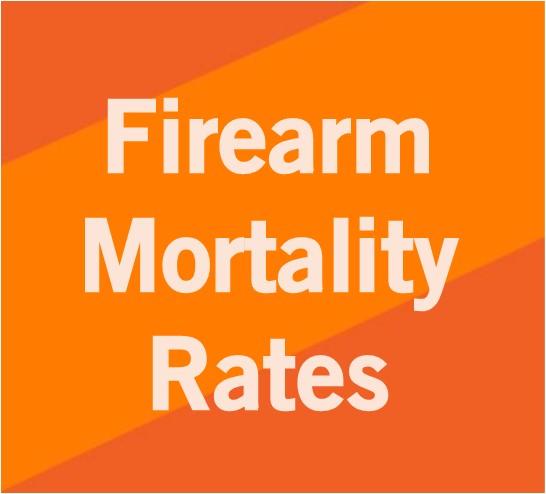

 The analysis brought together three recent surveys: Best State to Raise a Family, by WalletHub; Best Livability from Gallup; and “Best state” by U.S. News & World Report. The analysis included each state’s overall rankings plus the subcategory scores that helped produce the three scorecards, the newspaper reported.
The analysis brought together three recent surveys: Best State to Raise a Family, by WalletHub; Best Livability from Gallup; and “Best state” by U.S. News & World Report. The analysis included each state’s overall rankings plus the subcategory scores that helped produce the three scorecards, the newspaper reported. hers. Predictability was not necessarily reflective of high regard. West Virginia, for example, finished near the bottom of two of the three surveys, and thus was “predictable,” finishing high in predictability because of finishing predictably low in the various surveys.
hers. Predictability was not necessarily reflective of high regard. West Virginia, for example, finished near the bottom of two of the three surveys, and thus was “predictable,” finishing high in predictability because of finishing predictably low in the various surveys.
 Only 54 percent of working women in Connecticut work full-time, compared with 67 percent of men. That may be a possible explanation for women's lower wages - fewer women work full-time than men. DataHaven notes that part-time workers tend to earn much less money than full-time workers, and there are many reasons why someone might not be working full-time. “But that doesn't explain everything,” the DataHaven summary notes.
Only 54 percent of working women in Connecticut work full-time, compared with 67 percent of men. That may be a possible explanation for women's lower wages - fewer women work full-time than men. DataHaven notes that part-time workers tend to earn much less money than full-time workers, and there are many reasons why someone might not be working full-time. “But that doesn't explain everything,” the DataHaven summary notes.






